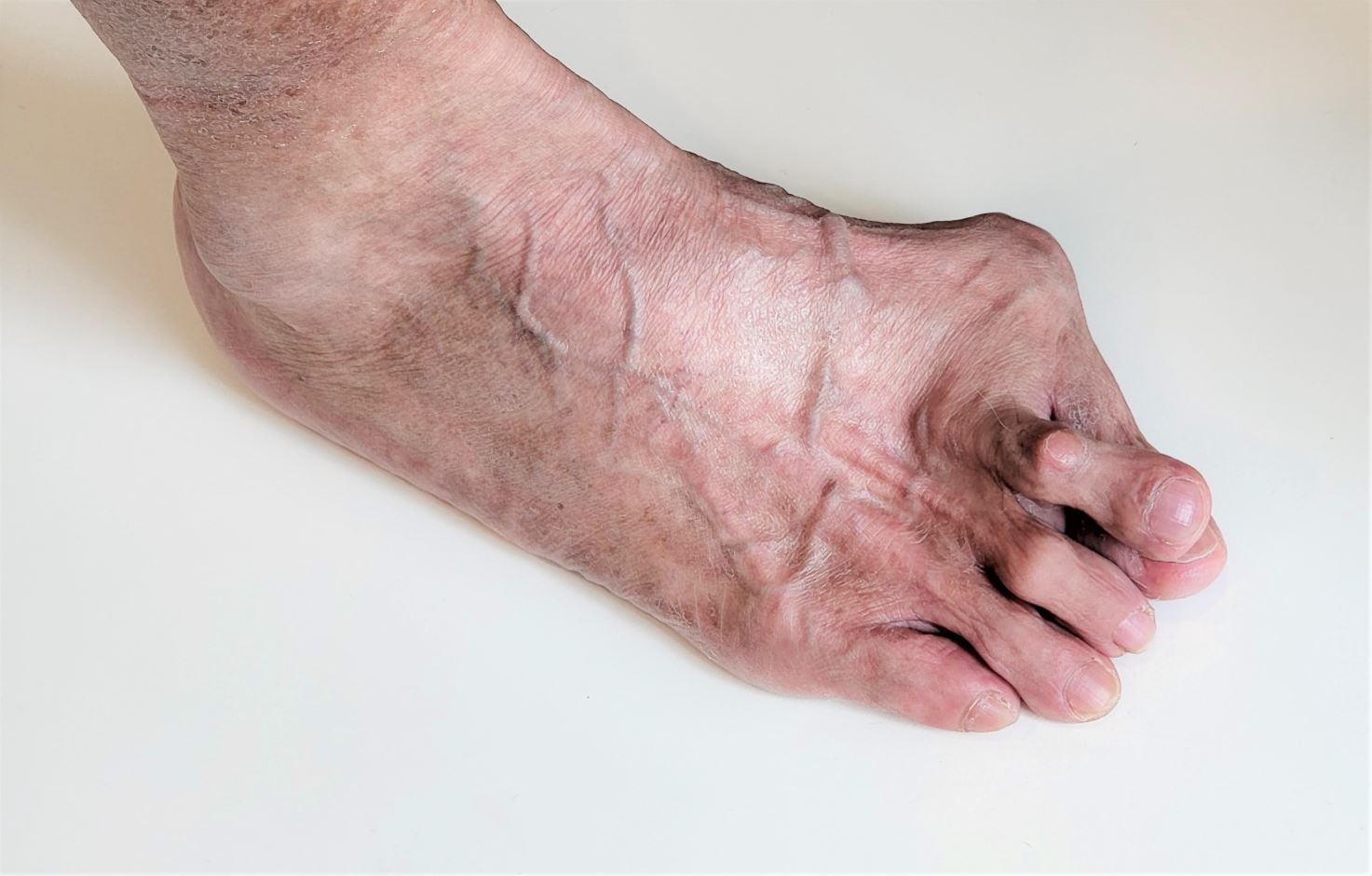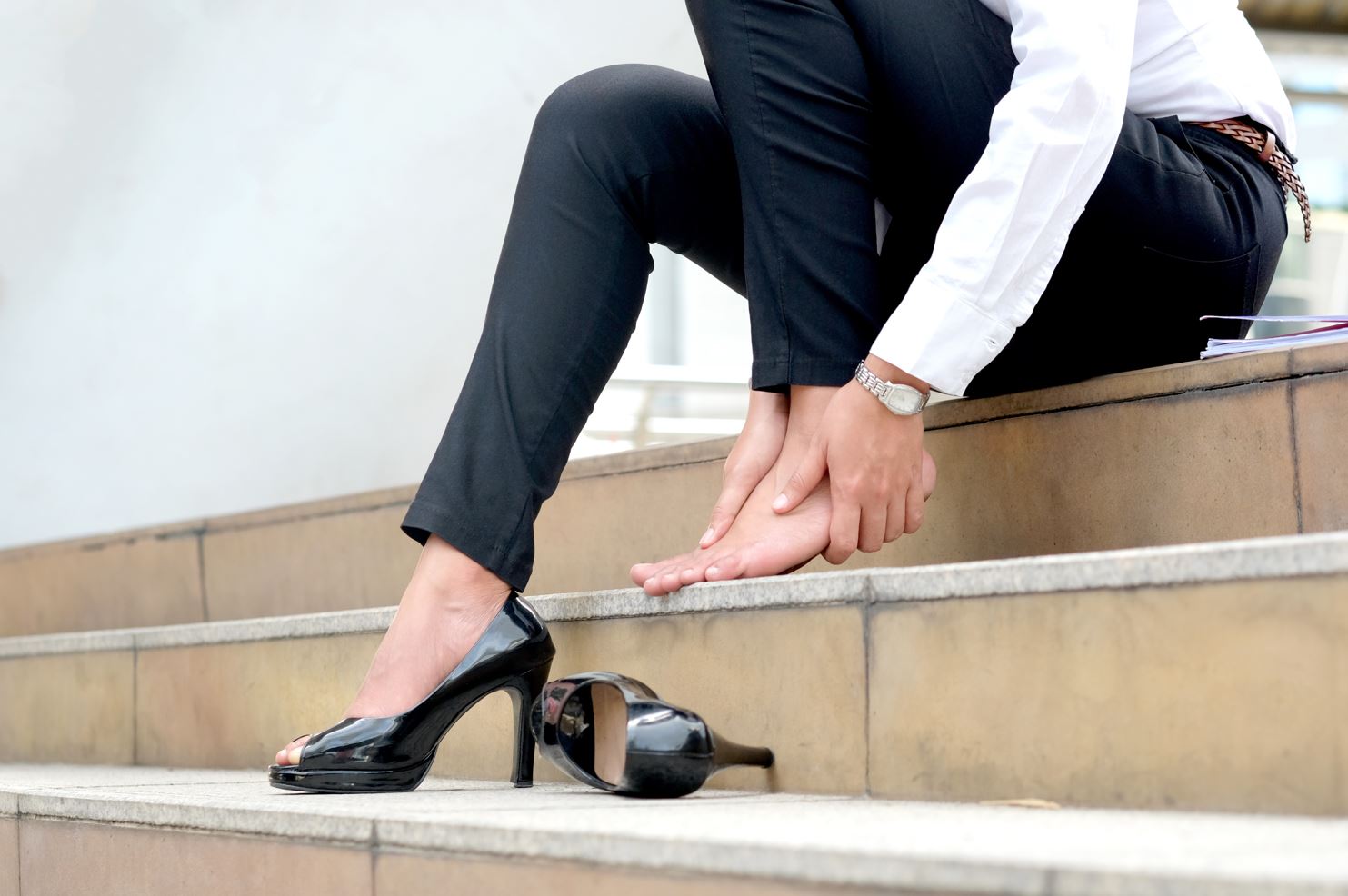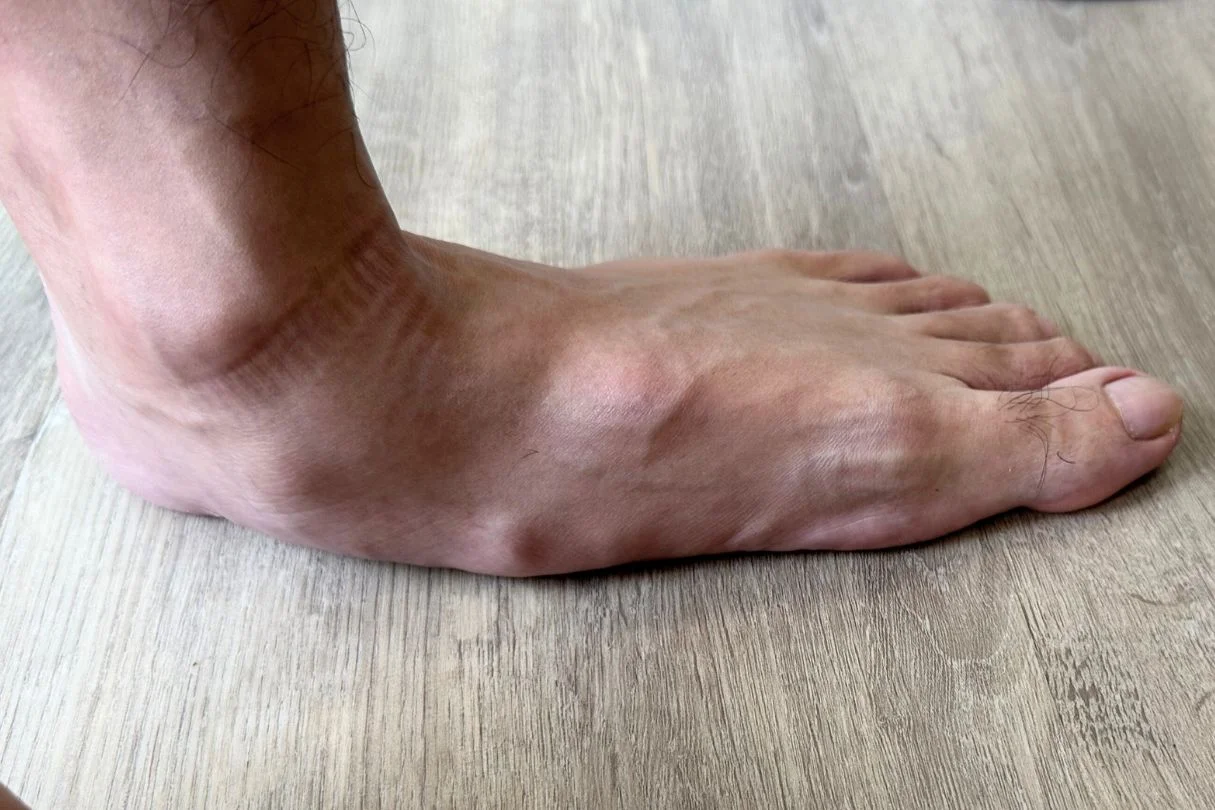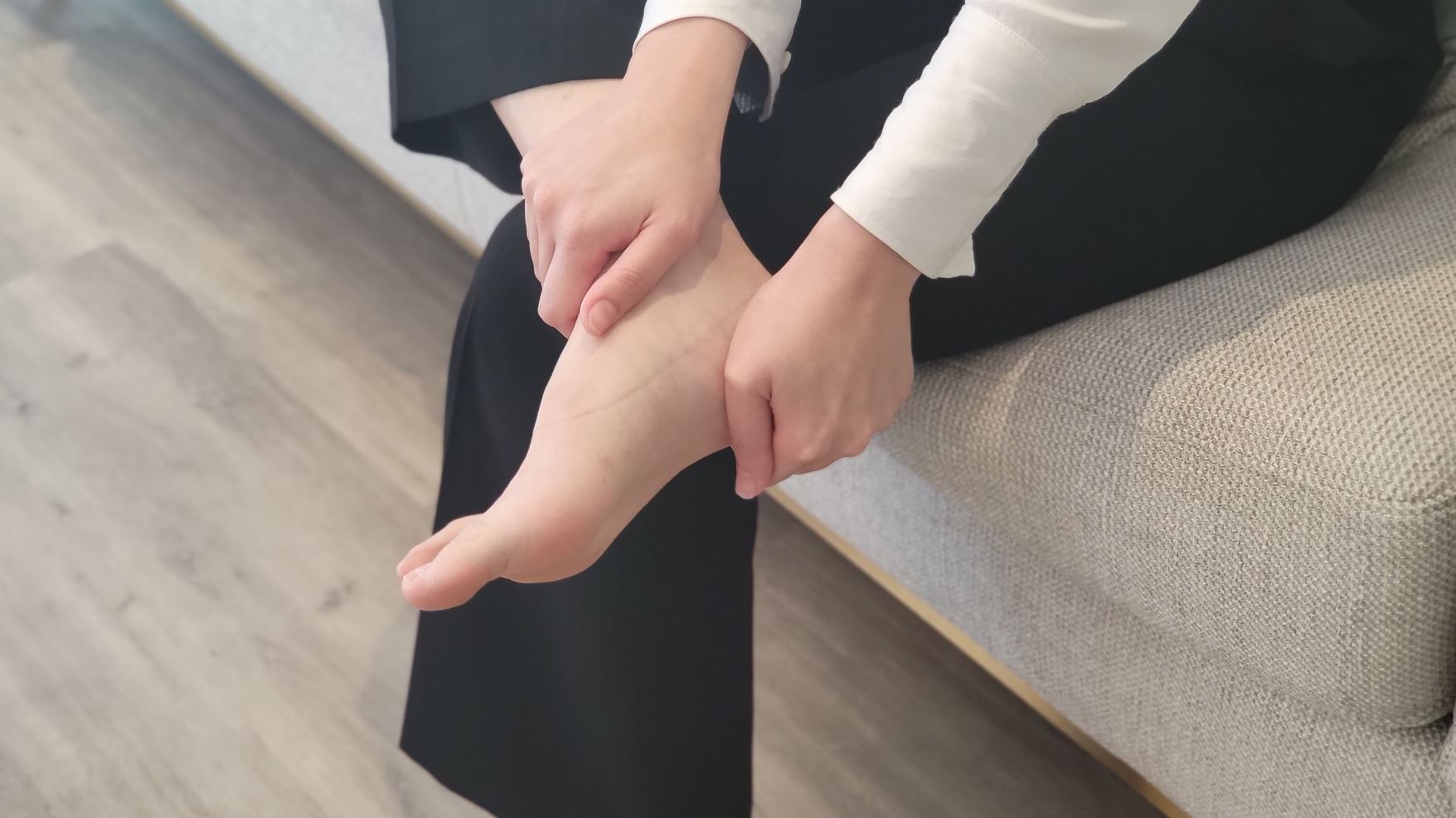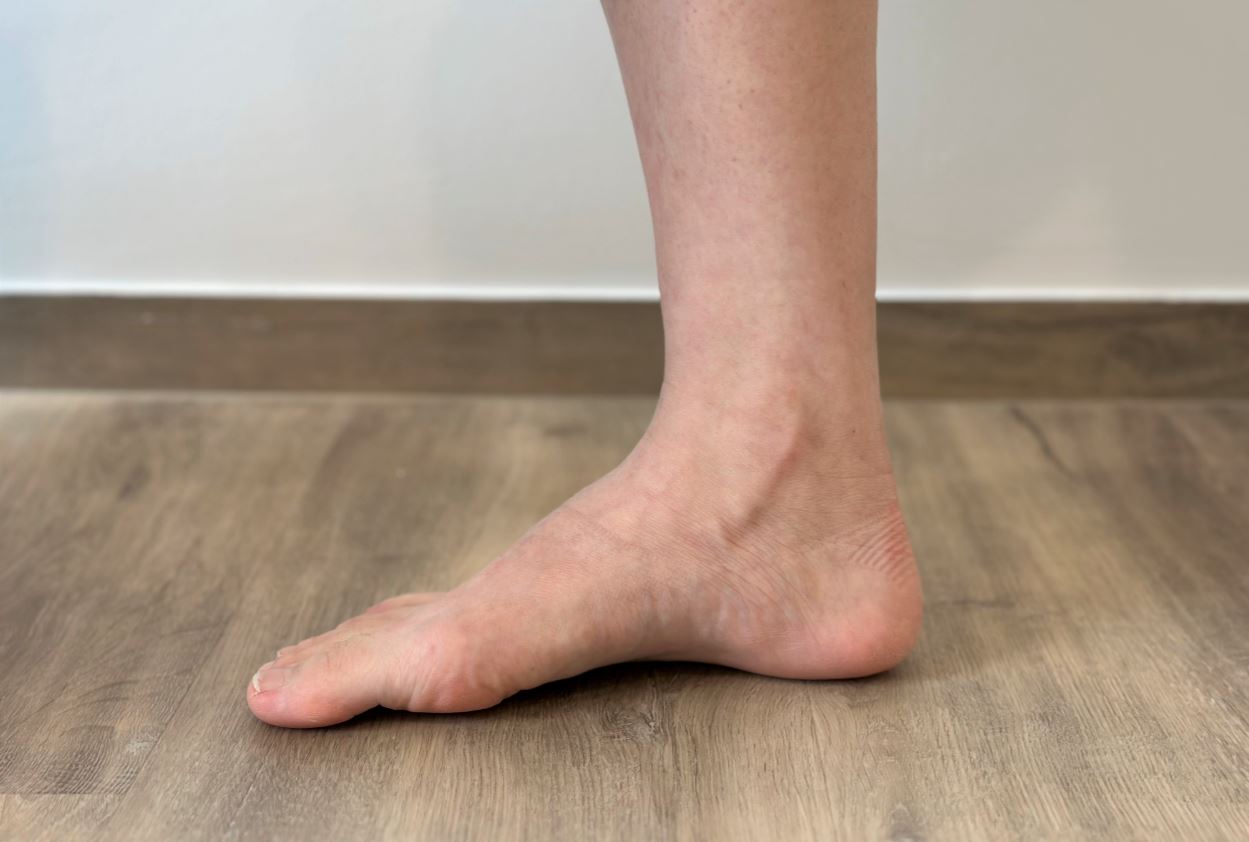
High Arch Feet (Pes Cavus)
High arch feet or pes cavus is a type of foot posture characterized by abnormally high arch height along the inner side of the foot. This foot type is also described as “supinated” feet or walking with excessive supination. A person with high arch feet will notice that their footprints have greater curvature and less surface area touching the ground.
High arch feet are mostly congenital (inborn) but can also be due to underlying neuromuscular conditions such as Charcot-Marie-Tooth disease, muscular dystrophy, cerebral palsy, and post-poliomyelitis syndrome.

